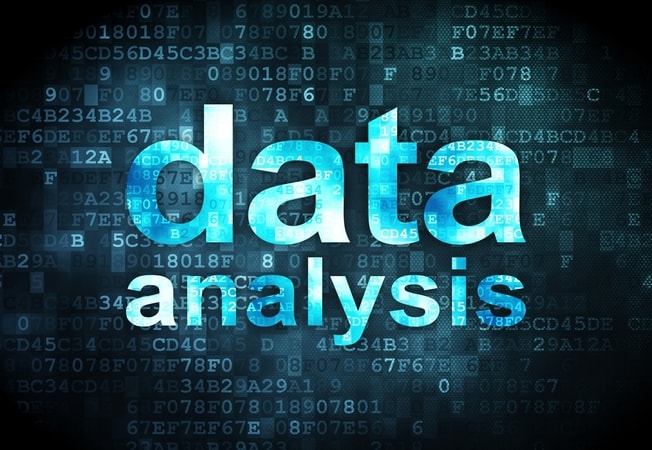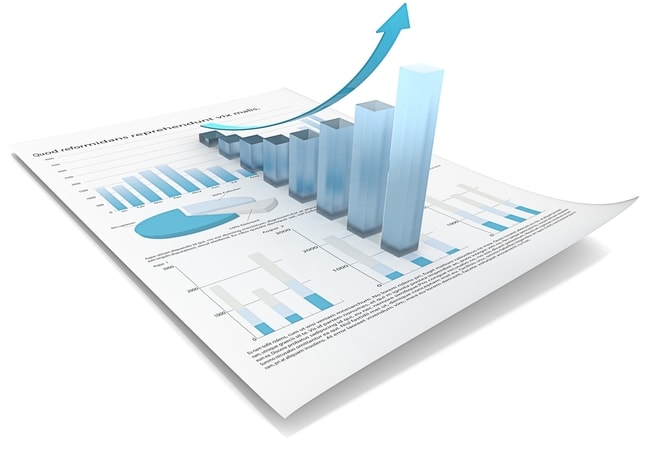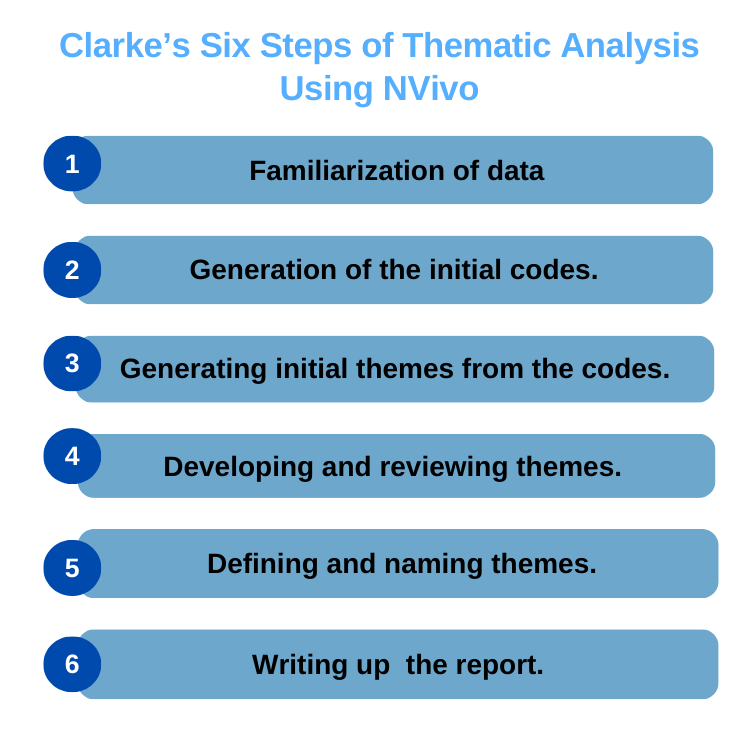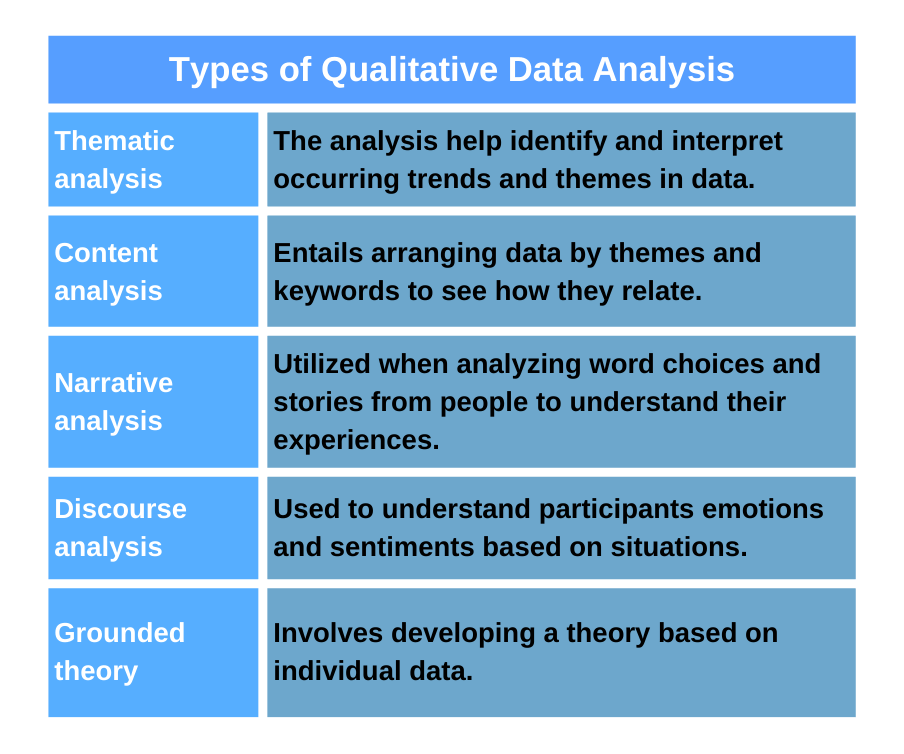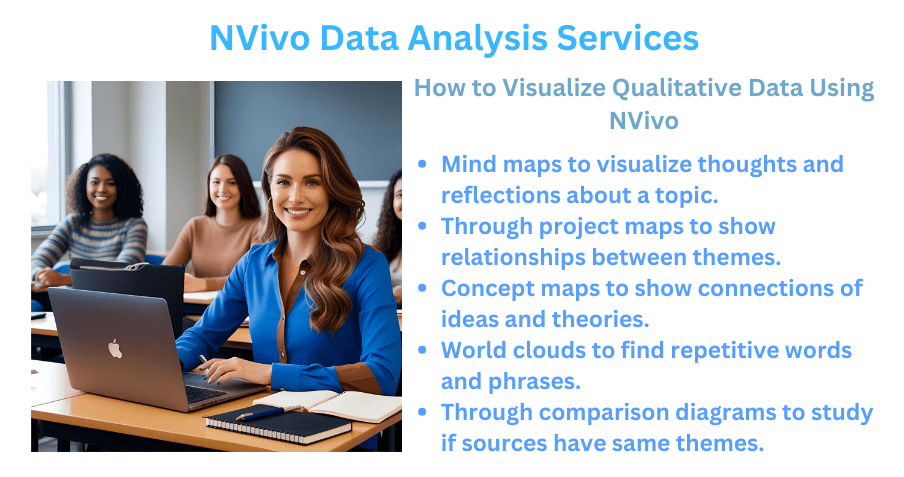NVivo Data Analysis Services: Thematic Analysis by Experts
Qualitative research involves the collection of unstructured information from sources such as social media content, interviews, or open-ended question; that may necessitate NVivo data analysis services to organize, analyze, and deduce meaning and insights for different purposes.
With the appropriate use of NVivo, one can accurately organize, analyze, and visualize qualitative data. The NVivo data analysis software has introduced qualitative tools to enable researchers to explore research data through different approaches. NVivo is utilized in different types of qualitative research such as ethnography, case studies, phenomenology, grounded theory, among others.
As researchers strive to comprehend their data in a profound manner, NVivo has emerged as a potent tool. In this article, we highlight NVivo thematic analysis services offered by experts, revealing the ways in which these services empower researchers to make significant findings and enhance the caliber of their research.
Our company offers the best qualitative data analysis help using NVivo. We assist researchers and students in different disciplines such as social sciences and literature reviews to organize, analyze, and make sense of all sorts of data obtained using qualitative, quantitative, and mixed methods of inquiry.
This page contains detailed information on the factors we consider to ensure our clients receive the best NVivo data analysis help for their capstone projects, theses, dissertations, essays, research papers, and other relevant assignments.
NVivo Thematic Analysis: How Experts Unveil Insights
Thematic analysis, a foundational qualitative research methodology, involves identifying, analyzing, and ultimately reporting patterns (themes) present within a dataset. Here's how our experts conduct thematic analysis using NVivo:
- Familiarization: This requires the expert to immerse themselves in the data. They thoroughly read and reread your materials to establish a solid grasp of the content.
- Initial Coding: This requires one to create preliminary codes to capture intriguing features, concepts, or ideas within the data. NVivo's coding tools expedite this process.
- Theme Exploration: Here, the expert groups related codes to form potential themes. NVivo's visualization features, including word clouds and charts, aid in spotting recurring or significant terms.
- Refinement of Themes: This involves reviewing and refining the identified themes, ensuring they accurately represent the data's essence.
- Thematic Mapping: NVivo's node hierarchy feature assists our data analysts in organizing themes hierarchically, showcasing connections between overarching themes and their sub-themes.
- Exploring Relationships: The experts employ NVivo's visualization tools to uncover relationships between themes, facilitating a comprehensive understanding of the dataset.
- Creating the Report: Armed with well-defined themes supported by data evidence, the experts construct a thorough report covering all the findings.
Where can I Get Qualitative Research Data?
There are various ways in which a researcher can obtain data for their qualitative research. These data sources encompass:
- Interviews: Engaging in one-on-one interviews provides researchers with in-depth insights into the beliefs, experiences, and opinions of participants.
- Focus Groups: Group discussions offer a platform to explore collective viewpoints and comprehend the dynamics within a group concerning a particular subject.
- Surveys and Questionnaires: Incorporating open-ended questions into surveys yields qualitative data that allows participants to elaborate on their responses beyond predefined options.
- Observations: Researchers can observe and meticulously document behaviors, interactions, and occurrences within authentic settings, thus offering valuable contextual insights.
- Documents and Texts: Scrutinizing written materials, such as articles, diaries, emails, and social media posts, unveils a wealth of textual data.
- Visual Media: Analyzing images, videos, and multimedia content provides an avenue for qualitative interpretation, enabling a deeper understanding of visual narratives.
Step-by-Step Guide of Using NVivo in Qualitative Data Analysis
NVivo, a versatile software, significantly streamlines the process of qualitative data analysis. It serves as a structured framework for both managing and analyzing diverse qualitative data types. Here's how to maximize the potential of NVivo:
- Data Import and Organization: Commence by importing your data into NVivo. From transcripts to images, audio files to videos, the software seamlessly accommodates various data formats. Establish folders, cases, and classifications to effectively organize your data.
- Coding: Coding involves attaching labels (codes) to segments of data that represent themes, concepts, or ideas. NVivo simplifies this process by enabling direct text highlighting and coding.
- Node Hierarchy: NVivo facilitates the creation of a hierarchical structure of nodes (codes), allowing for a systematic organization of themes and sub-themes embedded within your data.
- Memorandums: These notes and reflections about your data and coding decisions are invaluable. NVivo lets you create and link memorandums to specific codes or nodes, aiding in documenting your analytical journey.
- Queries: NVivo's query feature empowers you to perform text searches, analyze word frequencies, and more. Queries unravel specific patterns and relationships concealed within your data.
The Factors to Consider When Analyzing Qualitative Data Using NVivo
Our NVivo data analysis services enable researchers and students to manage huge datasets with more authenticity and explore it using various approaches including constant comparative methods, grounded theory development, or case studies.
Those who purchase the services of a qualitative data analyst from us are assured of a seamless process that covers aspects of organization and analysis of gathered information, development of theories, and presentation of the findings.
Based on our expertise in different disciplines where NVivo software is frequently used in qualitative analysis of unstructured data, we present the findings in a tone, language, and professional standards that resonate with the target audience.
We assist clients to manage, visualize, query data and ideas in their research, and generate a report based on the findings. Discussed below are some of the factors we consider when analyzing data using NVivo software.
1. Research questions and objectives
Understanding the type of research question(s) to be answered and the objectives to be achieved is essential before commencing the NVivo data analysis process. The question determines the type of answer being sought and, therefore, influences the choice of analytical approaches and procedures.
Our NVivo data analysis experts understand how to use different approaches such as the constant comparative and case study methods or the grounded theory approach, depending on the context and complexity of the research topic. After clearly defining the research questions/objectives, we import notes related to the topic into the NVivo software to ease referencing.
2. Research journal and coding strategy
After reading transcripts and creating summary memos, it is essential to review and base research journals on such memos; highlighting the main issues as revealed from interviews and other approaches. The main issues identified should be relatable to the research questions/objectives and help in establishing coding strategies.
Our analysts understand how to use the various coding techniques provided in NVivo for broad themes or topic areas identified. The codes are systematically organized to create a catalog for accessibility purposes while preventing duplication.
3. Justification for choosing NVivo for data analysis
After being hired to analyze qualitative data using NVivo, it is essential to provide a justification and rationale for choosing the software over other viable options. The computer-based software should not be meant to completely replace the role of the student or qualitative researcher in exploring, analyzing, and interpreting the intense unstructured data.
We, therefore, must explore the benefits of using NVivo software over other available options of analyzing data and explain how such a choice is the most appropriate, specifically for the project or paper at hand. The tools used by our NVivo data analysis experts depend on the size and complexity of the task as ordered by the client.
4. Suitable approach to explore the qualitative research data
To get started with NVivo software when analyzing qualitative data, one must choose an approach that best suits their projects or papers, and the procedures that will lead to the most accurate and reliable findings. The power of NVivo and our analysts' expertise makes us the company of choice for researchers and students in need of qualitative and mixed methods research data analysis services.
Anyone wishing to hire a professional to analyze qualitative data using NVivo on their behalf can rest assured of the most appropriate procedures and approaches after ordering our services. We provide useful tips to justify the choice of approach.
5. Basic features of the NVivo software
The effectiveness and efficiency of our NVivo data analysis services are founded on an excellent understanding of the basic features of the software. We first create NVivo project files that hold or store the research data.
The project comprises the document and node browsers through which one can explore the characteristics of the study data. Our experts use the documents browser for coding purposes. We code documents created in the NVivo project which can also be imported as plain text from word processors.
Once all the relevant documents are in the NVivo software, we create short descriptions for each to ensure they can be viewed in the database and hyperlinks to important conceptual links revealed during analysis.
The node explorer is useful in representing categories throughout the research data. During the coding process, we save the nodes in a manner that facilitates easy retrieval, organization, and flexibility.
6. Feasible stages of NVivo data analysis
Our NVivo data analysis services entail logically presenting the techniques and approaches to help readers follow through and understand the analytical process.
Depending on the type of research question and the volume of the data to be analyzed, the process may be organized into phases such as descriptive stage, topic and theme modification, analytic approaches including content analysis, drawing conclusions, and developing of theories. The stages followed in our NVivo data analysis depend on the specific needs of the client's order.
7. Models for exploring relationships
NVivo software provides a modeler that is useful in exploring and explaining relationships between nodes and documents in qualitative data. Clients are assured of the best NVivo data analysis help after subcontracting our services because we can carefully create, label, and link concepts, concerns, or ideas that can give insight to rational and relatable conclusions.
With our team of experts, one can track the stages of theory development over time using the model explorer. We also assist our clients to inspect the properties of any documents, nodes, or attributes on the model.
8. Accuracy of the coding process using NVivo
In the document browser, our NVivo data analysis experts disintegrate the plain text data into segments that can be easily examined for similarities and differences. Conceptually similar data are categorized together in relevant nodes whose list can be viewed by clicking the coder button on the document browser window.
We ensure that the coding process is accurately carried out for correct, valid, and reliable findings. The relationship between codes of the reflections or patterns of data should be clearly defined to facilitate the identification and interpretation of themes.
9. Visualization of data
There are various approaches to the visualization of qualitative research data including word clouds and trees, charts, or cluster analysis. NVivo has numerous features that can be used appropriately to visually explore qualitative data with the aim of identifying patterns and themes to make it easier to interpret the findings.
We use hierarchy charts, mind, concept, or project maps, comparison, explore, or cluster analysis diagrams to visualize data at different stages of our NVivo data analysis services to enhance understanding of the research topic and basic concepts on the entire paper.
10. The final write-up and presentation of findings
The findings obtained from NVivo data analysis are presented in a format that specifically resonates with the needs and expectations of the target audience. The memos and notes created in the project journal during analysis may form the basis for the final write-up.
With our expertise in the NVivo software, we utilize the various formats it provides to export data for use in different media such as the collaboration cloud. The format depends on how the client wants to communicate the findings to their receiving audiences.
We create reports for conference presentations, video documentaries, or traditionally formatted papers for students. We use reporting approaches that align with the research methodology and the specific discipline. Whichever approach is used, our NVivo data analysis experts ensure the report contains the following sections:
a). An introduction section
The introduction section of the NVivo findings report informs the reader about the goals and purpose of the research. It may contain elements such as memos, maps, or project journals, depending on what was covered during the analysis.
b). Contribution to literature pertaining to the topic
In this section, we explain the justification for the research and the knowledge gap(s) it is meant to fill.
c). Methodology
The methodology section of the report includes a description of the methods or significant theoretical frameworks used in the research. One must also justify the choice of methods or frameworks, settings, and contexts for the research.
d). Main analysis section
The central analysis section entails explaining the approach chosen based on the research methodology. In this section, we provide a review of all the materials created during the coding and analysis stages. Other sections include the conclusions, limitations, or recommendations for future research, and the list of references.
Our quality audit team ensures that each component of the report comprises the correct content and is in its best version with no errors, inconsistencies, mistakes, or plagiarism.
Clients who purchase the services of a qualitative data analyst from our company have the assurance of receiving high-quality reports based on our expertise; not only in using NVivo software but also in grammar and usage, mechanics of style, and all the regulations provided for professional and academic writing.
Even with limited time and strict deadlines, we are committed to quality service delivery at all times and work as a team to ensure every order is submitted to the client within the agreed period.
In case you are looking for experts to help you NVivo data analysis, look no more as we are well known globally as the leading data analysis company for over a decade. We have a sociable customer service team to respond to your inquiries or requests, 24/7. Join our live chat to talk to our agents who will guide you on our process or contact us for an almost an immediate response to your inquiries.

